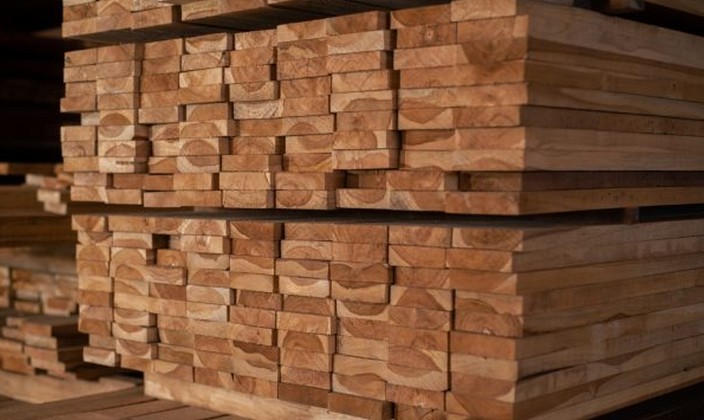Improving Accuracy in Wood Measurements Across the Forestry Chain: Key to Boosting Efficiency, Yields, Sustainability, and Trust
One of the significant issues in the forestry industry lies in the use of measurement units that do not accurately reflect the quantity or quality of wood, which vary along the supply chain and can sometimes lead to undesired outcomes, stated Rodrigo O’Ryan, president of the Chilean Biomass Association (Achbiom).
Often, we tend to believe that long-established operational methods are appropriate and sufficient. However, we sometimes find that management and commercial actions unexpectedly produce effects opposite to what we intended. What is the reason for this? One of the significant causes in the forestry industry lies in the use of measurement units that do not accurately reflect the quantity or quality of wood, which vary along the supply chain and can sometimes lead to undesired outcomes, stated Rodrigo O’Ryan, president of the Chilean Biomass Association (Achbiom).
Below, he explained, is a table providing references for the measurement units traditionally used in the forestry chain based on the type of products and byproducts:
Below, he outlines why using Bone Dry Metric Ton (BDMT) as the measurement unit represents the most suitable option for establishing a comprehensive measurement system that includes all elements necessary for modern sector management: transparency, proper incentives for value creation and sharing along the chain, along with fair payment, logistical efficiency, reduced emissions and environmental impact, higher yields in production processes, precise fiber traceability, detection of illegal logging and/or wood theft, among other aspects.
As an example, O’Ryan analyzed the "Stacked Cubic Meter" (Metro Ruma), a measurement unit used in Chile, which is based on the apparent volume of pulpable logs. The Stacked Cubic Meter accounts for both the solid volume of wood and the space between logs. It consists of an apparent volume of 2.44m x 1m x 1m of logs (though it can also be applied with other dimensions). Due to its simplicity and ease of measurement, it has been used in many parts of the world with minimal variations. Even highly complex and precise technologies have been developed for this purpose.
However, the underlying issue is that this unit has inherent limitations, or rather, several "original drawbacks." It is highly vulnerable to differences in log arrangement and characteristics (diameter, curvature, pruning quality, etc.). Additionally, factors such as the "cleverness" of wood traders can increase distortion due to larger gaps between logs, thereby affecting the "Solid Volume/Apparent Volume" ratio, known as the Solid Factor or Stacking Factor.
The following image illustrates the difference in the Solid Factor between two trucks loaded with eucalyptus logs destined for pulp production:
Comparing a factor of 45% versus 80%, we find that in the first case, there are 1.10 solid cubic meters, and in the second, 1.95 solid cubic meters—a 77% difference in solid volume.
"But that’s not all. If we also consider internal wood characterization variables not evaluated by this apparent volume unit—such as moisture content (which affects solid volume due to wood shrinkage when drying) and structural traits like Basic Density—we observe even more striking differences. The following table provides an example with eucalyptus destined for pulp production under varying physical and internal composition conditions," he stated.
While the 100% difference result likely represents an extreme case, in practice, differences of 10% to 25% are easily seen across different origins, seasons, wood ages, species, cutting lengths, diameters, etc. This creates multiple problems but also represents a tremendous opportunity for improvement if we transition to real and precise fiber measurement.
Based on the above, the need/benefit of advancing toward accurate, comprehensive measurement across the chain is clear and urgent, enabling us to:
- Properly quantify forests (Origin of the chain).
- Trace wood in units that truly measure wood (BDMT) and are not exposed to changes over time in the chain or vulnerable to load manipulation (This applies to all formats, not just sawlogs).
- Measure wood quality and incentivize the supply of high-quality, homogeneous fiber for each production process, reducing consumption and improving final product quality (Positive impact at the chain’s endpoint).
- Incorporate tools and models into the logistics chain to reduce fiber supply costs (focus on transporting fiber, not water and/or air), while also lowering the carbon footprint (Fewer trips per unit of required fiber).
- Have clear, precise, and dynamic information for management from forest to end-of-chain, eliminating corporate risk from unclear or imprecise data.
- Eliminate friction and distrust between suppliers and buyers, as well as within companies themselves, transitioning to a transparent, "win-win" relationship.

















